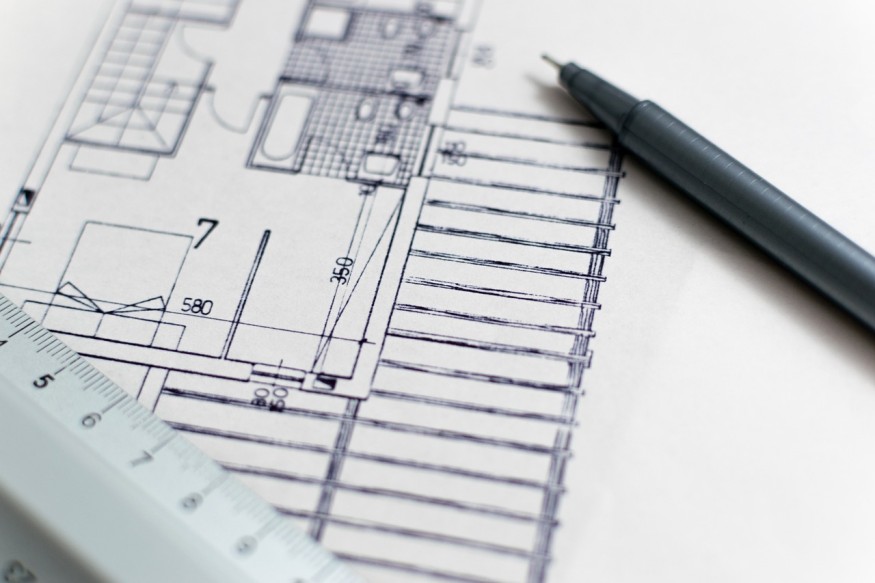Why Is Architecture Education So Expensive?

The Soaring Price Tag of Architecture Education
Recent calls to "decolonize" the curriculum and student protests against faculty issues have significantly shifted the architecture education landscape. A major obstacle that stands out among these worries is the extremely high cost of architectural education. The architectural community is debating why architecture education is so expensive as tuition costs double and student debt soars.
Deysi Blanco, a 2015 graduate with a Masters in Architecture from SCI-Arc, humorously notes that her student debt is comparable to buying a small house in the Midwest. Current architecture students face annual tuition costs exceeding $70,000, a dramatic surge of 100 percent in the past decade alone. The financial burden has far-reaching consequences, prompting individuals like Blanco to put their pursuit of licensure on hold in favor of entering project management to tackle their debts.
Divergence in Earning Power
The stark divergence in earning power between architects and professionals in other fields is compounding the issue. Even at the top of their professions, architects are comparatively less wealthy than their counterparts in the legal, business, and medical domains. Architects made about $80,000 on average in 2021; financial managers, physicians, and attorneys made $128,000, $208,000, and $132,000, respectively. This stark income gap raises questions about the return on investment for those pursuing a career in architecture.
Moreover, the extended licensure process strains aspiring architects, further delaying their entry into higher-earning brackets. The financial struggles are not limited to the United States, as demonstrated by the "Broke Architect" podcast launched by Jason Boyle in the UK, reflecting a global trend of dissatisfaction and financial hardship within the profession.
High education costs disproportionately affect underrepresented groups within the architecture profession. A 2022 American Institute of Architects (AIA) survey revealed that 89 percent of AIA members under 35 who reported taking out loans faced the highest burdens. First-generation, minority, and female students often find themselves compelled to make alternative career choices due to the prohibitive costs of education and the lengthy licensure process.
Lance Collins, Principal at Partner Energy and former president of SoCal NOMA, emphasizes that architecture is witnessing an exodus, particularly among those it has sought to include. The financial barriers discourage aspiring architects from diverse backgrounds, hindering the profession's efforts to become more inclusive.
Unpacking the Causes of Excessive Fees and Debt

Increased Bureaucracy and Administrative Expenses
There are many reasons for the increase in tuition fees, but the main ones are rising administrative expenses and bureaucratic growth. The ratio of administrators to faculty has significantly shifted, according to observers of architecture education. Peter Martinez Zellner, founder of the short-lived Free School of Architecture, highlights the proliferation of administrators relative to faculty, with the balance tipping from 80 percent teachers to 20 percent management in the 1970s to its opposite today. This bureaucratic expansion leads to a drain on resources and a potential dilution of the educational goals of architecture programs.
Declining Public Support
The drop in public support for higher education is another factor that burdens architecture students financially. With 41 out of 50 state legislatures spending $6.6 billion less on post-secondary education in 2020 compared to 2008, state funding for public colleges and universities has decreased. Because of the reduced funding, universities are forced to rely more on tuition, which raises costs and restricts access for less well-off students.
Professor Aaron Betsky of the Virginia Tech School of Architecture and Design points out that during the past 20 years, the ratio of state support has flipped, which greatly affects accessibility for students from underprivileged backgrounds. The difference between American architecture students' financial aid packages and those in Europe, where access to higher education is frequently provided for free or at a minimal cost, highlights this difference.
Insufficient Financial Relief
Even though there are ways to reduce costs, like Pell Grants, work-study opportunities, and scholarships, they frequently aren't sufficient to cover the entire cost of living. For example, Pell Grants do not consider local living expenses, which leaves many low-income students unable to pay the growing costs of both living and education. Even those students who get large scholarships struggle with large debt, which reduces their disposable income.
Seeking Solutions and Rethinking Architectural Education

Creative Approaches to Affordability
The architectural community is aware of the issue and is investigating fresh approaches to lower student education costs. The American Institute of Architects (AIA) and the National Council of Architectural Registration Boards (NCARB) are among these. A few remedies include caping salary and tuition, streamlining the architecture degree program, encouraging community college pathways, and introducing online education.
Shortening Time to Graduation and Licensure
One prominent solution gaining traction is reducing the time required to obtain architecture degrees. Critics argue that the traditional five-year undergraduate and three-year graduate programs contribute to excessive costs. Advocates for change propose shortening educational timelines and concurrently integrating work experience into the curriculum. Initiatives like Integrated Path to Architectural Licensure (IPAL) aim to streamline the path to licensure, allowing graduates to enter the workforce sooner and potentially alleviate financial burdens.
Exploring Affordable Schools and Community College Paths
Affordable alternatives exist, with in-state tuition at some well-regarded architecture schools offering a more cost-effective option. Compared to private universities, state schools such as the University of Texas at Austin and the College of Environmental Design at UC Berkeley offer excellent education at a significantly lower cost. Furthermore, community college programs are becoming increasingly popular as a good place to start since they let students finish two-year programs quickly and transfer to four-year universities or the workforce.
Considering Non-Traditional Paths to Licensure
As a radical departure from conventional routes, some states allow individuals to become licensed architects without attending accredited architecture schools. This experience-only route, exemplified by Jon Alan Baker, the upcoming president of NCARB, challenges the notion that a formal architecture education is indispensable. However, overcoming ingrained biases against non-traditional paths remains a hurdle.
Embracing Online Learning
Online education is emerging as a disruptor in the architectural education landscape. Renowned programs, such as The University of Arizona and the Savannah College of Art and Design, offer fully online undergraduate degrees. Proponents argue that screen-based learning equips students with essential skills relevant to the virtual nature of contemporary architectural practice. A hybrid model, combining online learning with periodic in-person gatherings, is envisioned as a flexible and cost-effective approach.
Addressing the fundamental issue of high tuition fees involves confronting administrative and overhead costs. Calls to reevaluate campus amenities and trim unnecessary expenses challenge the traditional university model. However, altering established norms requires a delicate balance, as students' expectations of a comprehensive campus experience clash with the need for financial austerity.
The financial challenges facing architecture education necessitate a comprehensive reevaluation of current practices. As students and professionals grapple with exorbitant costs and limited financial relief, the architectural community must collectively seek innovative solutions to ensure the accessibility and sustainability of architectural education. The ongoing dialogue within Alliance Organizations reflects a shared commitment to address the crisis and design a more equitable and affordable future for aspiring architects. By exploring diverse pathways, embracing online learning, and challenging traditional norms, the architectural community can pave the way for a transformative era in education, fostering diversity, inclusion, and financial sustainability. Despite the current hurdles, the enduring value of an architecture education remains a driving force, compelling stakeholders to envision and implement a more accessible and adaptable educational landscape.
Related Article: ISE 2024 Returns to Unite Diverse Industries in Convergence of Technology, Design, and Architecture













